Casualties 273,400 | Max. intensity XII (Extreme) Start date December 16, 1920 | |
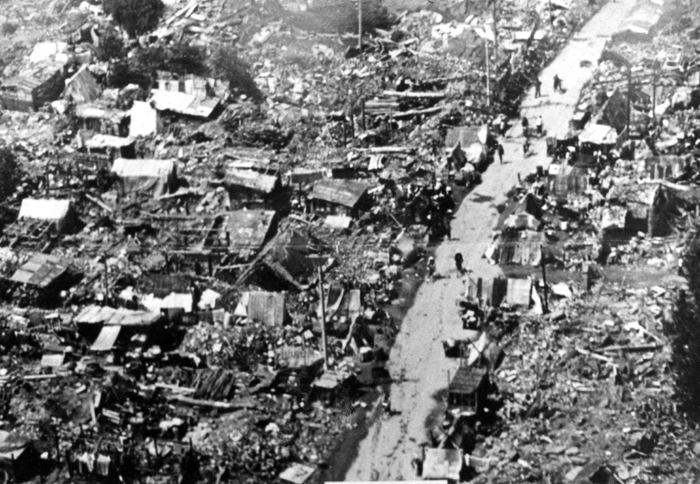 | ||
Similar 1556 Shaanxi earthquake, 1976 Tangshan earthquake, 1970 Tonghai earthquake, 1966 Xingtai earthquake, 1975 Haicheng earthquake | ||
Weather history 1920 haiyuan earthquake
1920 Haiyuan earthquake (Chinese: 海原大地震; pinyin: Hǎiyuán dà dìzhèn) occurred on December 16 in Haiyuan County, Ningxia Province, Republic of China. It was also called the 1920 Gansu earthquake because Ningxia was a part of Gansu Province when the earthquake occurred.
Contents
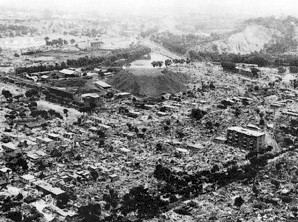
Earthquake
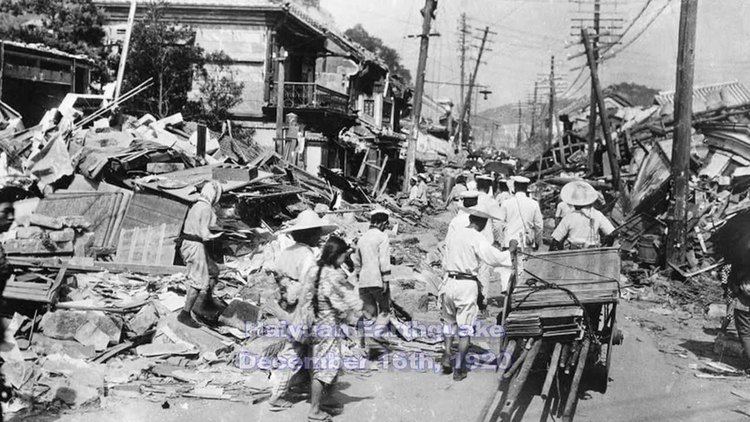
The earthquake hit at 20:05:53 Beijing time (12:05:53 UTC), reportedly 7.8 on the Richter magnitude scale, followed by a series of aftershocks for three years. Today's Chinese media claim the earthquake was of magnitude 8.5, although the scale is not specified. It caused total destruction (XII (Extreme) – the maximum intensity on the Mercalli scale) in the Lijunbu-Haiyuan-Ganyanchi area.
Damage
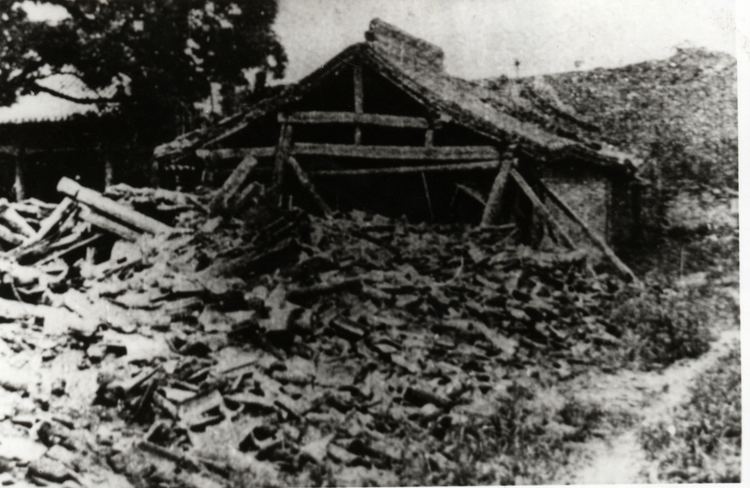
Over 73,000 people were killed in Haiyuan County. A landslide buried the village of Sujiahe in Xiji County. More than 30,000 people were killed in Guyuan County. Nearly all the houses collapsed in the cities of Longde and Huining. Damage (VI-X) occurred in 7 provinces and regions, including the major cities of Lanzhou, Taiyuan, Xi'an, Xining and Yinchuan. It was felt from the Yellow Sea to Qinghai (Tsinghai) Province and from Nei Mongol (Inner Mongolia) south to central Sichuan Province.
Casualties
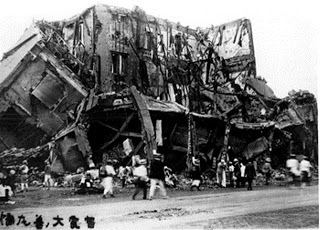
Total casualties were reported as 200,000 in a summary published by the United States Geological Survey (USGS), and 235,502 according to the Catalog of Damaging Earthquakes in the World (Through 2008) maintained by the International Institute of Seismology and Earthquake Engineering. Many more perished because of cold: frequent aftershocks caused the survivors to fear building anything other than temporary shelters, and a severe winter killed many who had lived through the original earthquake.
The Sufi Jahriyya Muslim Hui leader Ma Yuanzhang and his son died in the earthquake when the roof of the Mosque they were in collapsed in Zhangjiachuan.
Ground effects
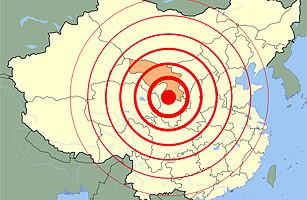
About 200 km (125 mi) of surface faulting was seen from Lijunbu through Ganyanchi to Jingtai. There were large numbers of landslides and ground cracks throughout the epicentral area. Some rivers were dammed, others changed course. Seiches from this earthquake were observed in 2 lakes and 3 fjords in western Norway.
Aftermath
The Muslim General Ma Fuxiang was involved in relief efforts in Lanzhou during the earthquake.
